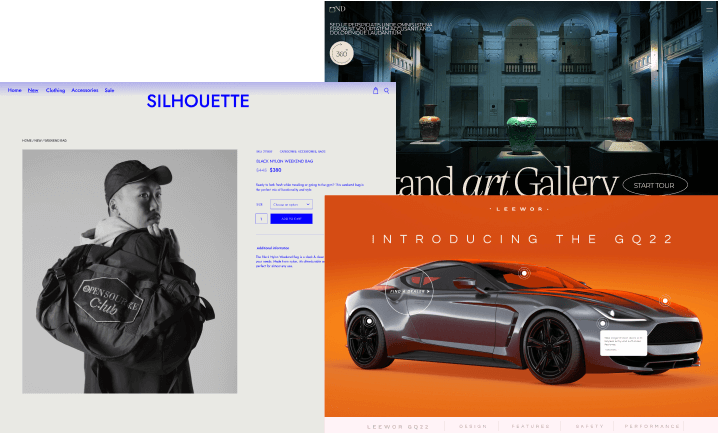Custom single post templates enable different layouts and designs for different blog posts, even individual ones. For example, you could use different templates for a barber’s website for various posts, such as news, reviews, sales, and case studies.
With Elementor, you can build the blog post template with dynamic widgets. Also, to make it easier to design live, you can preview the template with any of your previously created blog posts. This way, all the widgets are filled with actual content from your site.
How to Create Single Post Templates
Manually creating custom post templates in WordPress requires an advanced user with coding, CSS, and WordPress file manipulation knowledge. Therefore, this method is not advised for beginners.
On the other hand, using Elementor Theme Builder requires no source code. To begin, you need a working WordPress website and your favorite theme, the free Elementor plugin, and the Elementor Pro add-on plugin.
Elementor does not replace your WordPress theme but works alongside it, simply improving it in places. You will not lose your theme’s default single post template or any of your theme’s files. If you ever wish to return to that standard template, you can.
7 Benefits of Elementor Single Post Templates
Besides producing a great look and feel, the benefits of using Elementor’s Single Post templates include:
- Add elements such as social media buttons that might not be available in your current theme by default.
- Use an easy drag-and-drop interface and all usual Elementor content blocks.
- Create multiple single post templates that can run together.
- Design different templates for different categories or post types.
- Enable your template to deploy across the site or for just one blog post.
- Edit a template in real-time while looking at a live preview containing your actual blog data instead of placeholder content.
The template is consistent and won’t vanish when you update the theme.




